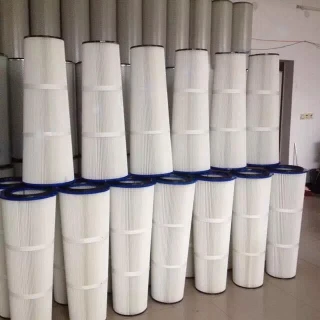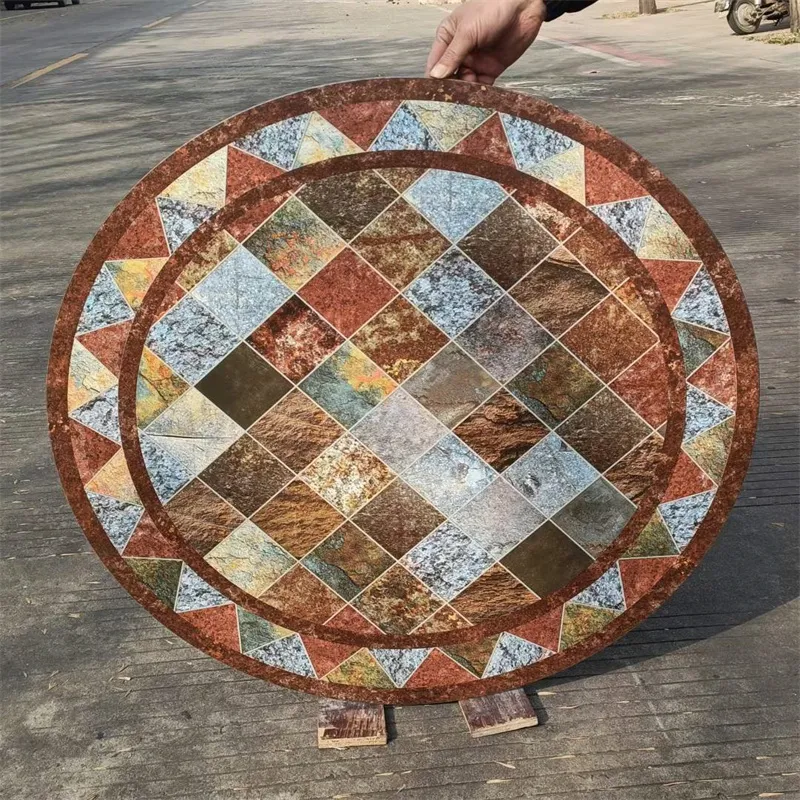Sep . 06, 2024 07:40 Back to list
Low Emissivity Glass Cost - Affordable Energy-Efficient Solutions
The Cost of Low Emissivity Glass A Comprehensive Overview
Low emissivity (low-E) glass has become an essential building material in modern architecture, particularly for energy-efficient windows. It is designed to minimize the amount of ultraviolet and infrared light that can pass through the glass without compromising the amount of visible light that enters a structure. As energy costs continue to rise and environmental awareness grows, understanding the cost factors associated with low-E glass is critical for consumers and builders alike.
Initial Cost Considerations
The initial cost of low-E glass is generally higher than that of standard glass. This premium can be attributed to the specialized manufacturing process it undergoes, which involves coating the glass with a thin layer of metallic oxides to enhance its thermal performance. Prices vary based on the type of low-E coating, thickness, and size of the glass. On average, homeowners can expect to pay anywhere from $5 to $15 per square foot for low-E glass, compared to $2 to $8 for regular glass. This initial investment can be a barrier, especially for large-scale projects.
Long-Term Energy Savings
low emissivity glass cost

While the upfront costs may be significant, the long-term energy savings associated with low-E glass can offset the initial expenditure. Low-E glass is particularly effective in reducing heating and cooling costs. By reflecting heat back into the living space during winter and keeping it out during summer, low-E windows can significantly reduce reliance on HVAC systems. According to the U.S. Department of Energy, homeowners can save between 10% to 50% on energy bills when using low-E glass compared to traditional glass.
Environmental Impact
Investing in low-E glass is not only cost-effective but also environmentally responsible. The energy saved by using low-E glass reduces greenhouse gas emissions, contributing to a lower carbon footprint. For builders and homeowners who prioritize sustainability, this product aligns well with green building practices. Many local governments provide incentives and rebates for using energy-efficient materials, further bolstering the financial argument in favor of low-E glass.
Conclusion
In conclusion, while the initial cost of low emissivity glass may deter some buyers, its long-term benefits in energy savings and environmental impact make it a compelling choice for both residential and commercial applications. The investment in low-E glass can lead to a more comfortable living environment and significant utility savings over time. As energy efficiency becomes an increasingly crucial factor in architectural design, low-E glass stands out as a valuable material that balances cost with performance and sustainability. Ultimately, understanding the financial implications of low-E glass is key to making informed decisions in today’s energy-conscious market.
-
Safety and Style with Premium Laminated Glass Solutions
NewsJun.24,2025
-
Reinvents Security with Premium Wired Glass
NewsJun.24,2025
-
Premium Float Glass Line for Modern Architecture
NewsJun.24,2025
-
Low Emissivity Glass for Energy-Efficient Architecture
NewsJun.24,2025
-
High-Performance Insulated Glass Solutions for Modern Architecture
NewsJun.24,2025
-
Elevates Interior Style with Premium Silver Mirror
NewsJun.24,2025
Related PRODUCTS














